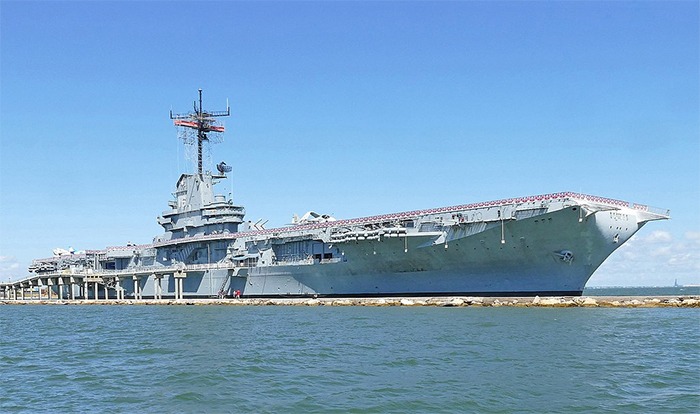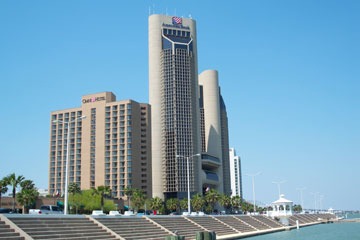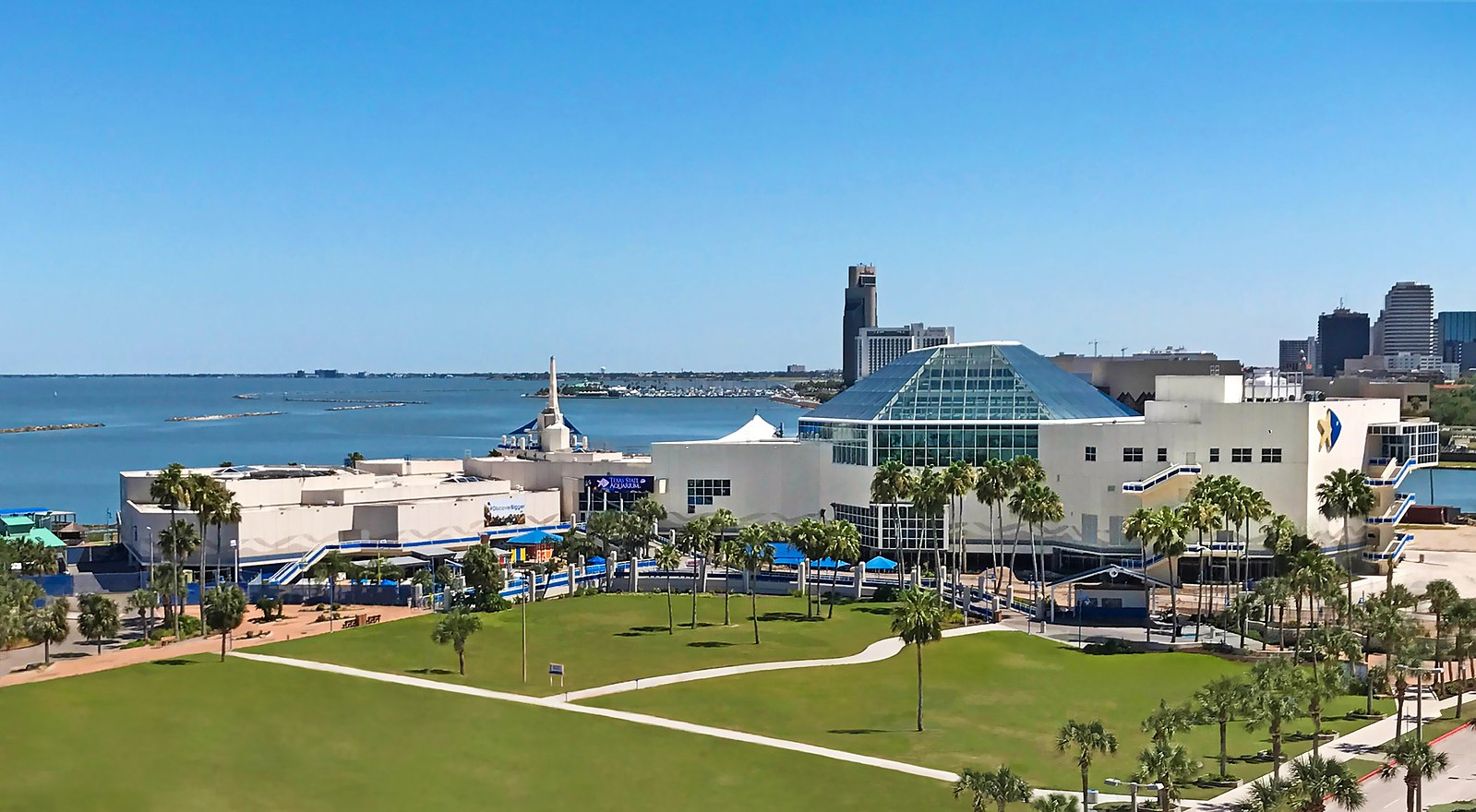Corpus Christi, which means “body of Christ” in Latin, is a city in southern Texas. It is the county seat and the largest city of Nueces Country. Corpus Christi is also the name of its port on Corpus Christi Bay at the mouth of the Nueces River, 145 miles (233 kilometers) east of San Antonio. The port is sheltered from the Gulf of Mexico by Mustang and Padre Islands.
Early history – pre-Columbina era, Spanish discovery, and early townhood
Before the arrival of the Europeans, the native Karankawan tribe and other Native Americans populated the region now known as Corpus Christi.
According to an oft-repeated legend, it was on the religious Feast of Corpus Christi (June 16) in 1519 when Spanish explorer Alonzo Alvarez de Pineda discovered a lush semi-tropical bay on what is today the coast of Texas. He named the bay (and the village that later sprung up there) “Corpus Christi.”
Corpus Christi began as a frontier trading post, founded in 1839 by Colonel Henry Lawrence Kinney. Kinney named the small trading post and settlement Kinney’s Trading Post, or Kinney’s Ranch. This trading post was established to sell supplies to a Mexican revolutionary army whose camp was located about 25 miles west, only three years after Texas became independent from Mexico. However, the trading post was located in the disputed territory south of the Nueces River.
The settlement remained obscure until July 1845 when American troops, under General Zachary Taylor, set up camp there in preparation for the war against Mexico (which would be the Mexican-American War). The troops remained there until March 1846 when they marched southward to the Rio Grande to enforce it as the southern border of the US.
About a year later, there was a need for a “more definite postmark for letters,” which led the settlement to adopt the name “Corpus Christi.” It was incorporated on September 9, 1852. The residents of Corpus Christi elected its first city council and mayor, Benjamin F. Neal, who served from 1852 to 1855.
The Battle of Corpus Christi took place from August 12 to August 18, 1862, during the Civil War. Union and Confederate forces engaged in land-and-sea combat, with the former bombarding the town. The Union forces repulsed the Confederate Navy ships operating in the area but were defeated when they reached the coast. After the war was over, the residents began to return to town. The Confederates, in retaliation, plundered the homes and property of certain Union supporters.
Corpus Christi – 20th century and present
Like many other American towns and cities during the late 19th and early 20th centuries, Corpus Christi experienced economic growth with the arrival of railroads. This development spurred a land and population boom.
The exploitation of gas in 1923, the opening of the Port of Corpus Christi in 1926, and the discovery of an oilfield n 1939 laid the city’s economic foundations. The Corpus Christi Naval Air Station was commissioned in 1941.
The Port of Corpus Christi is currently the sixth-largest port in the US and the deepest inshore port on the Gulf of Mexico. In 2005 it was ranked as the 47th largest port in the world in terms of cargo tonnage. The port mainly handles bulk cargoes, including cotton, grain, ores, petroleum, and other raw materials.
Corpus Christi’s diversified economy relies on petrochemicals, agriculture, glass, metals, the seafood industry, and tourism. The city became the first major US city to offer free Wi-Fi, but this service ceased in 2007.

On the tourism front, Corpus Christi is the home of several attractions, thanks to its coastal location. It is home to several resorts, zoos, parks and recreation sites, botanical gardens, museums, restaurants, cafés. It also offers activities for fishing, water sports, wind sports, birdwatching, and skating, plus animal sanctuaries. One of the popular tourist attractions is the USS Lexington. It is a decommissioned World War II aircraft carrier that has since functioned as a “floating” museum. It was also part of the set of the 2001 movie Pearl Harbor.
Padre Island, located south of the city, is the longest undeveloped barrier in the world, boasting 130,000 acres of spectacular beaches, sand dunes, and grassland habitats. It is also home to 350 bird species, including almost half of North American migratory birds, making it an excellent place for birdwatching. The Texas State Aquarium provides a “window” to the rich marine life found in the Gulf of Mexico, with its most popular display being the Dolphin Bay exhibit.
Corpus Christi has all the ingredients you need for an easy day trip, a weekend getaway, or an epic holiday. With its warm and sunny climate, beautiful beaches, and plenty of excellent attractions, Corpus Christi has grown in popularity over the years as a destination for those seeking the sunny Texas weather and the easy-going atmosphere.
Check out the general info about the southern Texas region.



